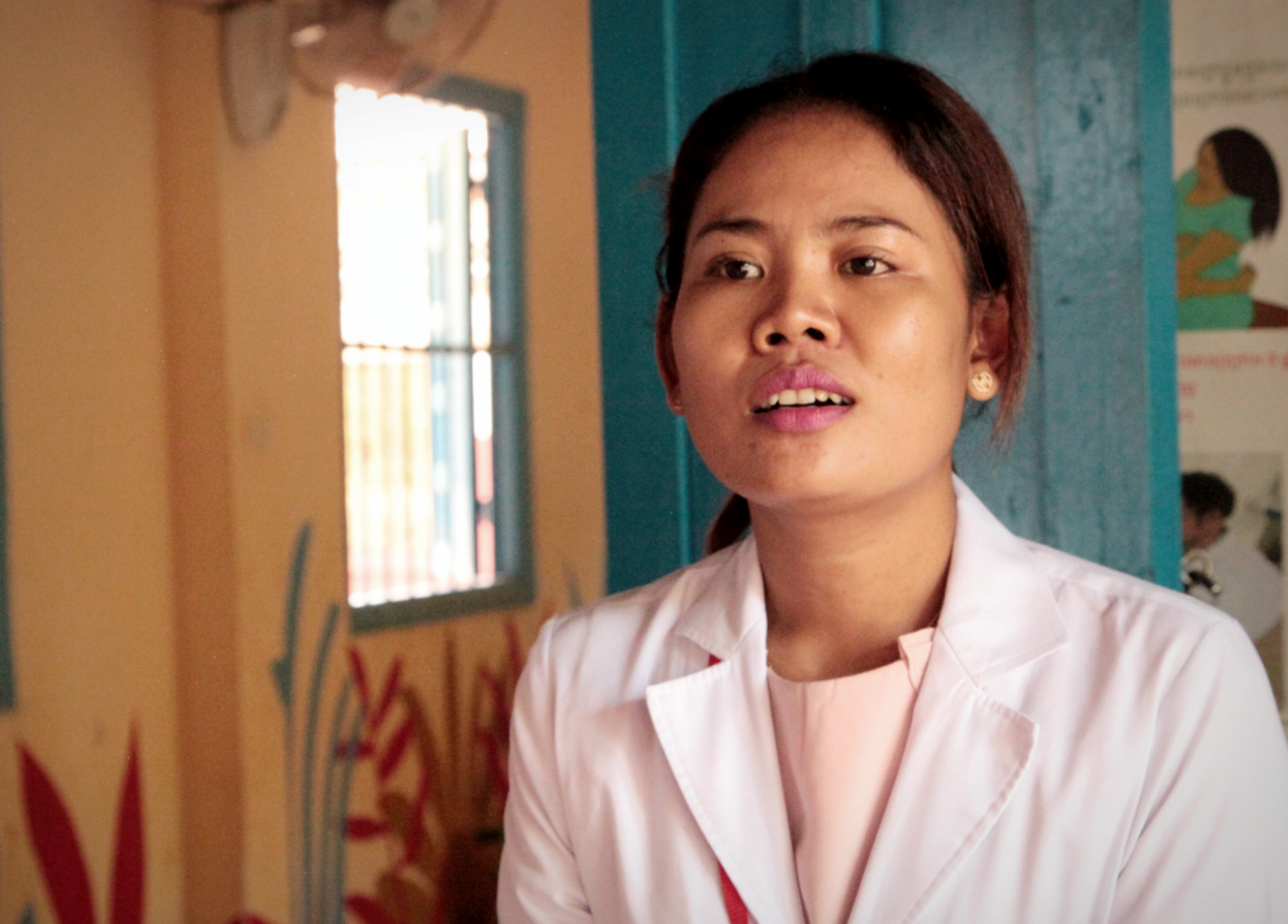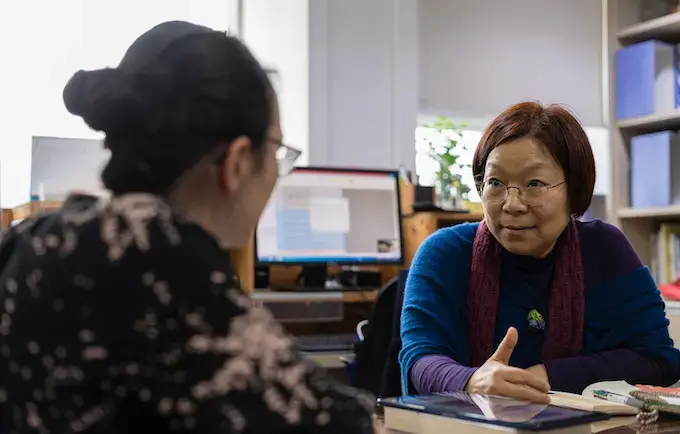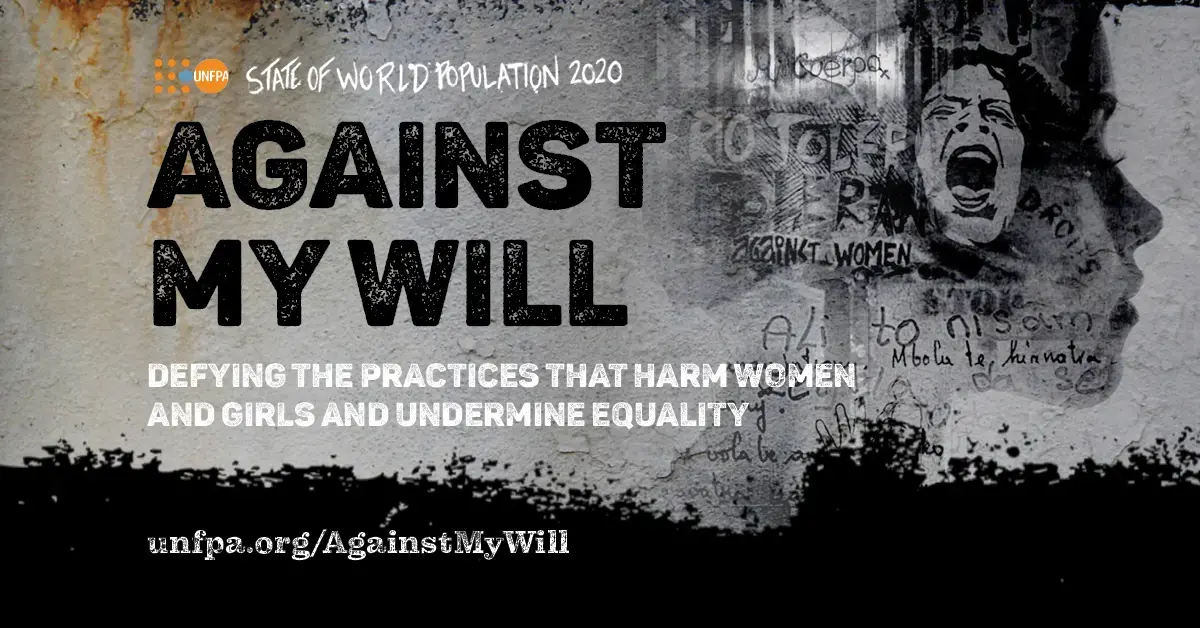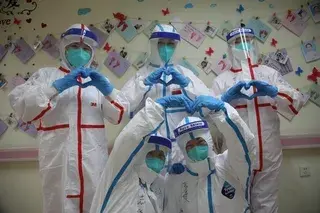Ratanakiri, Cambodia - In the remote farming village of Sakreang, in Cambodia’s far north east, community health volunteer Romam Pcheuk is visiting pregnant women in their homes.
“I keep my eye on the girls who are pale, and those that get pregnant very young,” she says. “It’s my job to warn them of danger signs.”
Romam Phel (17) is seven months pregnant and was married at about just 16 years old.
“I think my time came and we just fell in love,” she says about her marriage. “I wanted to have children straight away after our wedding.”
Of the almost 195,000 people in Rattanakiri province, over half are from indigenous groups, many of whom stick closely to traditional lifestyles of farm work, early marriage and unsafe births at home.
“Some people marry at just 14, so when they get pregnant their bodies are not ready,” explains Dr. Lek Chanthy, Vice-chief of the Borkeo district hospital, which covers 84 villages and a population of around 70,000 in Rattanakii
“Young mothers face higher risks of things like excessive bleeding and disability later in life, and with no skilled birth attendants helping with childbirth, they may not make it through serious complications.”
Community health volunteer Romam Pchuek. Photo: UNFPA / Matthew Taylor
Health volunteer Romam Pchuek used to help women give birth the traditional way, using dangerous practices at home.
“I pushed their bellies down harder when the baby wouldn’t come out,” she says, “but if there were problems it got dangerous, we didn’t have any equipment or medicine on hand.”
Yet five years ago, Pcheuk joined a government-led initiative, supported by UNFPA, the United Nations Population Fund, that aimed to educate women in far-flung communities on safe pregnancy and childbirth, to stop women using dangerous practices and, crucially, to ensure all pregnant women are referred on to professional health care providers.
Today, Pchuek covers hundreds of pregnant women in Sakreang and other nearby villages, with education, information and referral support.
“It was hard getting women to come to my sessions at first, but gradually people joined in,” she says.
“Today, no one here gives birth at home anymore, everyone goes to the facility.”
Going the last mile
Cambodia has made huge gains in bringing down maternal mortality.
“In 1990 Cambodia’s maternal death rate was right up at around 1200 women dying per every 100,000 live births,” says Catherine Breen-Kamkong, UNFPA Deputy Representative in Cambodia. “But by 2015, it was down to just to 161.”
According to the latest data contained within UNFPA’s flagship State of World Population Report 2017, nearly 90% of all births in Cambodia now take place with a skilled birth attendant present. The country has made more progress in this area than 60 other developing nations over the last ten years.

Dr. Lek Chanthy, Vice-chief of the Borkeo district hospital in Rattanakiri, Cambodia. Photo: UNFPA / Matthew Taylor
But in remote provinces like Rattanakiri, progress is only just starting to show.
“We’ve had zero maternal deaths in our district so far this year,” says Dr. Lek Chanthy at the Borkeo district hospital, “but language barriers, traditional practices and a lack of education are still serious challenges.”
To tackle the issue, the government, with support from UNFPA and other partners, is increasing the number of midwives that are trained to deal with complicated births, and doctors who can perform emergency caesarean sections for women and babies at risk of dying through obstructed labour.
“Risks remain high for geographically remote communities and for marginalised groups like ethnic minorities, adolescents and migrants,” explains UNFPA’s Breen Kamkong. “This is why we are focusing our actions on nine key provinces facing health and other inequities.”
Since the 1990s, UNFPA has supported the government in building up a professional midwifery cadre and boosting access to sexual and reproductive health services across the country.
Education is also key, and with UNFPA support, the Ministry of Education is developing curricula for comprehensive sexuality education that will be rolled out to all young students between 10 and 18 years old.
“We need to go the last mile in bringing down maternal deaths, and this requires an intense focus on inequities,” says UNFPA’s Breen Kamkong, underscoring the theme of the State of World Population Report, “Worlds Apart: Reproductive health and rights in an age of inequality.”
“That means putting the rights and needs of remote communities and marginalised groups right up front - so everyone can benefit from Cambodia’s phenomenal gains in bringing down maternal mortality, and can access vital sexual and reproductive health services and information.”
A father and daughter in Sakreang village, Cambodia. Photo: UNFPA / Matthew Taylor




